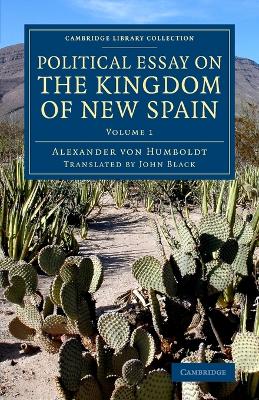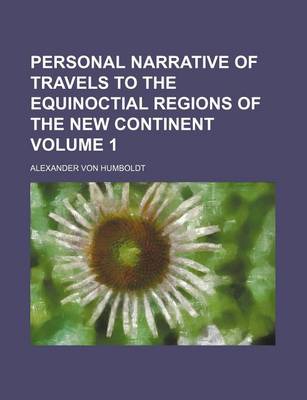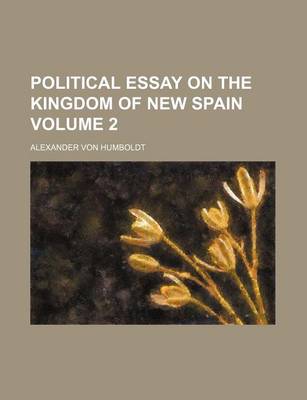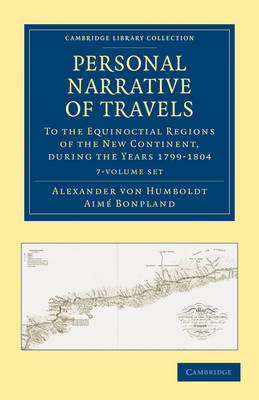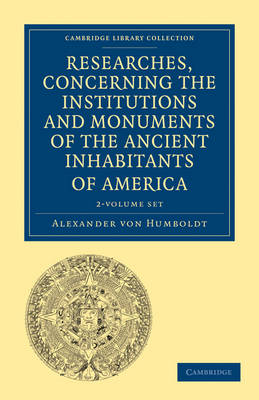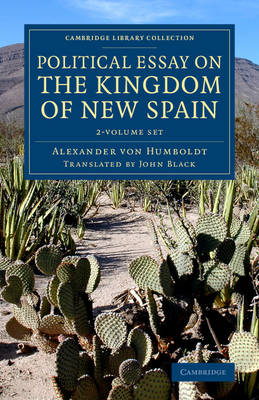Cambridge Library Collection - Latin American Studies
9 primary works • 15 total works
Volume 1
Volume 1
Volume 1
Volume 2
Volume 2
Political Essay on the Kingdom of New Spain Volume 2
by Alexander von Humboldt
Volume 2
Personal Narrative of Travels to the Equinoctial Regions of the New Continent: Volume 2
by Alexander von Humboldt and Aime Bonpland
Volume 3
Personal Narrative of Travels to the Equinoctial Regions of the New Continent: Volume 3
by Alexander von Humboldt and Aime Bonpland
Volume 4
Personal Narrative of Travels to the Equinoctial Regions of the New Continent: Volume 4
by Alexander von Humboldt and Aime Bonpland
Volume 6
Personal Narrative of Travels to the Equinoctial Regions of the New Continent: Volume 6
by Alexander von Humboldt and Aime Bonpland
Personal Narrative of Travels to the Equinoctial Regions of the New Continent: Volume 7
by Alexander von Humboldt and Aime Bonpland
Personal Narrative of Travels to the Equinoctial Regions of the New Continent: Volume 5
by Alexander von Humboldt and Aime Bonpland
Personal Narrative of Travels to the Equinoctial Regions of the New Continent 7 Volume Set
by Alexander von Humboldt and Aime Bonpland
